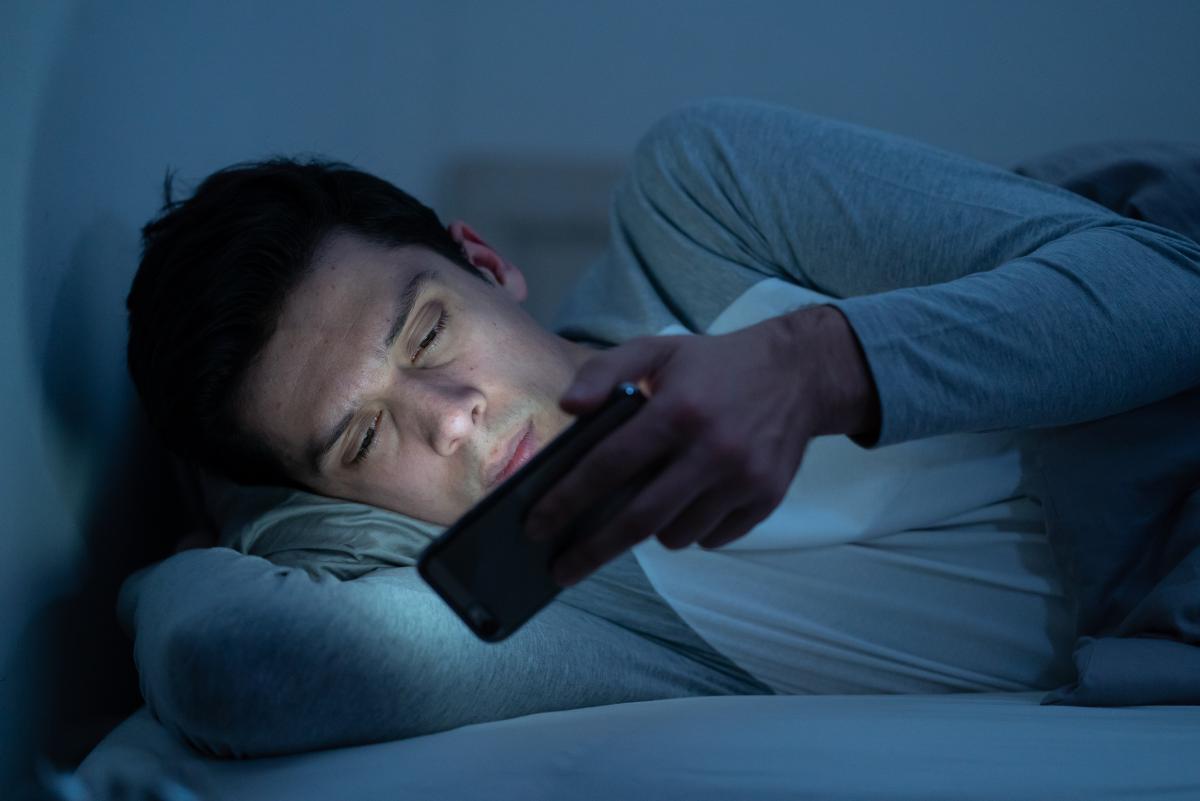Sleep Syncing: What You Should Known About the TikTok Trend

Sleep Syncing: What You Should Know About the TikTok Trend
Getting a good night’s sleep is probably one of the top bits of advice you give as a physician. But there’s a strong chance many of your patients struggle to reach that goal. In fact, one in three adults — roughly 84 million people in the U.S. — don’t get the amount of shut-eye they need to protect their health.
The problem is so widespread that millions of people are turning to TikTok to find a solution that leads to better z’s. In the past few months more than 5.4 million people have viewed videos about a recent sleep trend called sleep syncing.
If your patients ask you about this sleep strategy — or if you want to recommend it — here’s what you need to know.
What is sleep syncing?
While the term sleep syncing may be new, the concept behind it isn’t. It’s a tactic based on the body’s “master clock” that supports your patients’ efforts to develop a more consistent sleep pattern. The goal is to help them coordinate their natural circadian rhythm with their daily routine.
To establish this pattern, advise your patients to choose a consistent bedtime and wake time. It can take a few weeks or months for them to adapt to a more regimented sleep schedule. But once their internal body clock adjusts, they’re more likely to get restful, revitalizing sleep.
What are the benefits of sleep syncing?
In addition to waking up feeling more well-rested, patients who succeed in sleep syncing can experience several other health benefits:
-
Better learning and memory: Deep sleep — especially slow-wave and REM sleep — helps the brain process and hold on to new information. This part of the sleep cycle also boosts memory and connections.
-
Stronger immune system: The body produces more infection- and inflammation-fighting cytokines during sleep. Patients who are sleep-deprived make less of these valuable proteins.
-
Emotional and physical repair: A good night’s sleep can help your patients process stress and give their muscles a better opportunity to recover from physical activity. They will also wake with more energy for the next day’s activities.
-
Less risk of other health problems: Research links poor sleep to a wide variety of health issues, including cardiovascular disease, diabetes and obesity. Getting a consistent amount of sleep will lower your patients’ risks of developing these conditions.
Tips for better sleep syncing
If your patient frequently hits the snooze button or has trouble shutting down at night, the idea of sleep syncing can seem intimidating. Fortunately, there are several steps you can recommend to help them get some much-needed sleep. You can suggest they:
Create a daily sleep-wake schedule: Your patient should analyze their typical day and determine the best time to wake up and go to bed. The new pattern should align with their current work or school schedule.
Stick to the new schedule: Sleep syncing only works if they follow the new pattern. They should wake and go to sleep at the same time every day, including weekends. And tell them to avoid hitting the snooze button. Those extra minutes could throw them into a new sleep cycle, leaving them groggier when the alarm goes off again.
Establish a bedtime routine: It will be easier for your patients to fall asleep if their bodies know bedtime is coming. Recommend they create a simple-to-follow nighttime routine, such as meditating, taking a warm bath or shower, or reading.
Skip the distractions: Be sure your patients understand that caffeine and alcohol aren’t the only distractions that can disrupt a good night’s sleep. Advise them to avoid using laptops, smartphones or other devices within an hour of bedtime. The blue light from the screens can interfere with their body’s ability to produce the sleep-promoting hormone melatonin.
Make the bedroom peaceful: It’s tempting for your patients to answer a last-minute work email or watch their favorite TV show in bed. Instead, encourage them to make their bedroom a calming space. It should be cool, quiet and dark.
Seek out morning sunlight: Exposure to daylight soon after waking is a great way to help your patients kick off their days. If it’s feasible, they should open their blinds or curtains to let sunlight in shortly after getting up. A light therapy alarm clock or lamp can be useful on darker mornings.
Skip heavy meals before bed: Although many people enjoy a quick bedtime snack, suggest your patients avoid eating meals 3-4 hours before bed. The insulin boost from eating can disrupt their sleep-wake cycle.
Every person’s body is different. Explain to your patients that it may take time to find the right combination of steps that will improve their sleep. Encourage them to use their enthusiasm for this TikTok trend to find the right mix that works for them. It could be the inspiration they need to stick with changes that will lead to the long-term health benefits of better sleep.